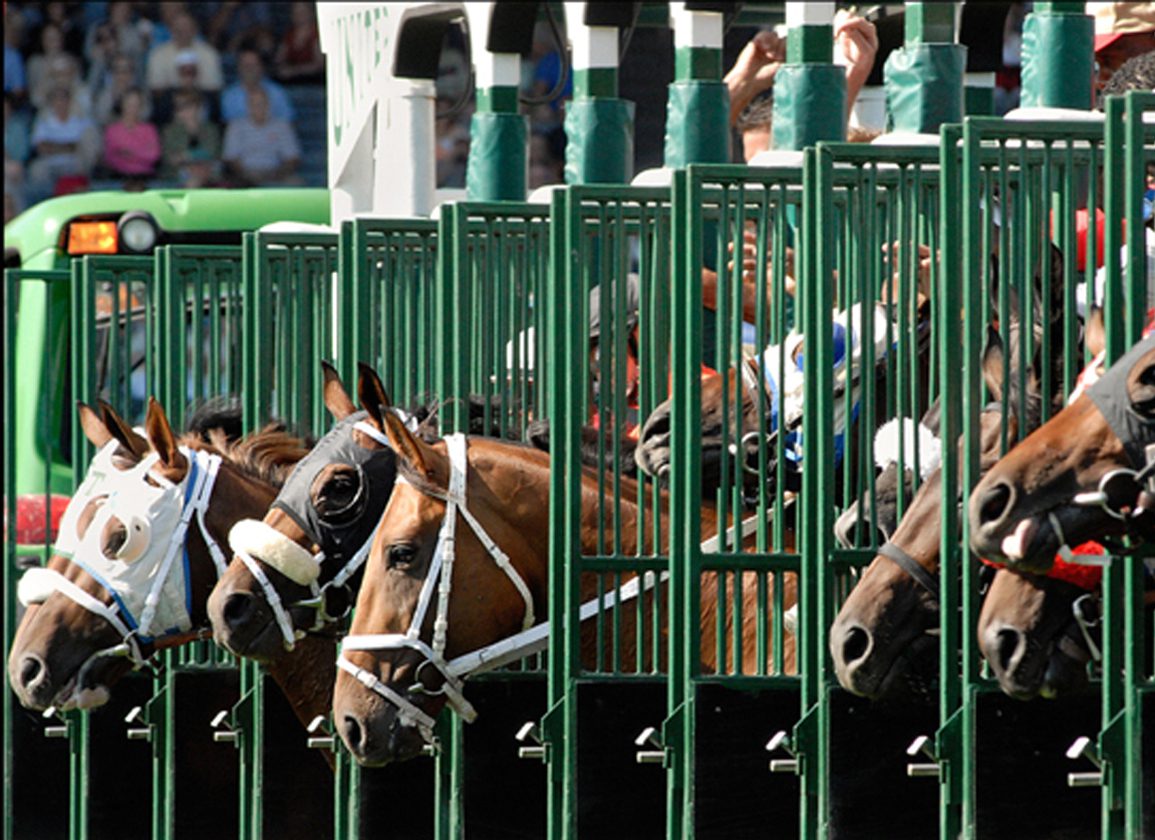By T. D. Thornton
A vote on restructuring some of the time frames related to Thoroughbred claiming rules in New York got put off for at least a month on Monday when New York State Gaming Commission (NYSGC) member John Crotty questioned whether it was in the best interest of equine safety to reduce by 10 the number of days that a claimed horse is restricted from running back for a claiming tag less than 25% greater than the price at which it was claimed.
The change from 30 to 20 days under the above scenario was only part of a larger revamp of the “Who May Make Claim” rules in New York that had been in the planning stages since last summer.
Ironically, it was Crotty himself who originally made the motion to support the entire package of proposed claiming rules at the Aug. 3, 2023, NYSGC meeting.
Neither Crotty nor any other commissioner had voiced concerns over the proposal nine months ago, and the measure to publish the proposed changes in the New York State Register and to invite public commentary on them passed by a 6-0 vote last Aug. 3 with zero public discussion among commissioners.
According to NYSGC meeting materials that accompanied the May 20 agenda, the overall claiming rules proposal had been “developed after meetings with the New York Thoroughbred racetracks and horsemen's organizations.” The materials also noted that the New York Racing Association had expressed written support for the changes, and that the NYSGC staff recommended the commission's approval.
But after NYSGC executive director Robert Williams read the measure into the record in preparation for a vote on Monday, Crotty asked if the commission wasn't about to change a run-back time restriction it had codified a number of years ago in the interest of equine safety.
Williams replied that he believed “there was an element to that” in 2014.
“And now we're getting away from that?” Crotty asked. “So why are we walking that back now?”
Williams replied that, “There has been no indication or incidents of breakdowns of the horses [under that run-back time frame]. We're the only ones in the Northeast that [have] that time restriction, so I would suggest that's not accurate.”
Williams then tried via phone to link in NYSGC equine medical director Scott Palmer, VMD, to get his opinion. But Palmer wasn't on the line.
Brian O'Dwyer, the NYSGC's chairperson, then suggested the rulemaking could be tabled until the next meeting.
“We can do it. It's fine,” said a clearly frustrated Crotty.
“If you have a question, John, I'd rather put it over and get our medical director's opinion,” O'Dwyer said.
After the other commissioners agreed to the tabling of the agenda item, Crotty tried again to articulate his concerns about the run-back time restriction.
“It seemed like we undertook those steps for purposes of safety, and now we're sort of rolling it back,” Crotty said.
Replied Williams: “Honestly, in the 24 recommendations that came out of the 2011 task force report, I wouldn't suggest that [the run-back period after claiming races] was the primary recommendation.”
Last Aug. 3, a brief written by NYSGC general counsel Edmund Burns outlined the following rationale for the run-back time portion of the rule change:
“A review of recent data…indicates that horses generally run on a 28-day schedule and condition books generally schedule a value class every 28 days. Under current regulations, a claimant who wants to start a horse again in the same class may be effectively forced to wait 56 days from the date of the claim. The position has been advanced that such period is unnecessarily long and causes issues for owners, trainers and the racetrack, which seeks to fill competitive races…
“By reducing the requisite waiting period, owners will have a greater opportunity to start a horse for the price at which the horse had been claimed, given that the owners would be able to gain access to races that had already been written in the track's condition book 28 days in advance,” Burns wrote.
According to the NYSGC's May 20 meeting materials, other aspects of the rules package included:
Allowing claimants who have raced on a circuit within 120 days, which would increase the number of owners qualified to make claims.
Allowing 30 additional days for holders of a certificate of eligibility who have lost a “shake” for a claimed horse, providing an owner with an opportunity to claim when the owner has not been successful in claiming a horse within the first 30 days of a race meeting.
Beyond the 20-day restriction against running a claimed horse again for a claiming price less than 25% greater than the claiming price, the establishment of a further 10-day period in which a claimed horse may start for a price equal to the claiming price.
Extending from 30 to 60 days the prohibition against running a claimed horse outside of New York State, with an exception for horses claimed at Finger Lakes, in which case the horse may run elsewhere after 30 days from the end of a Finger Lakes racing season.
Not a subscriber? Click here to sign up for the daily PDF or alerts.






